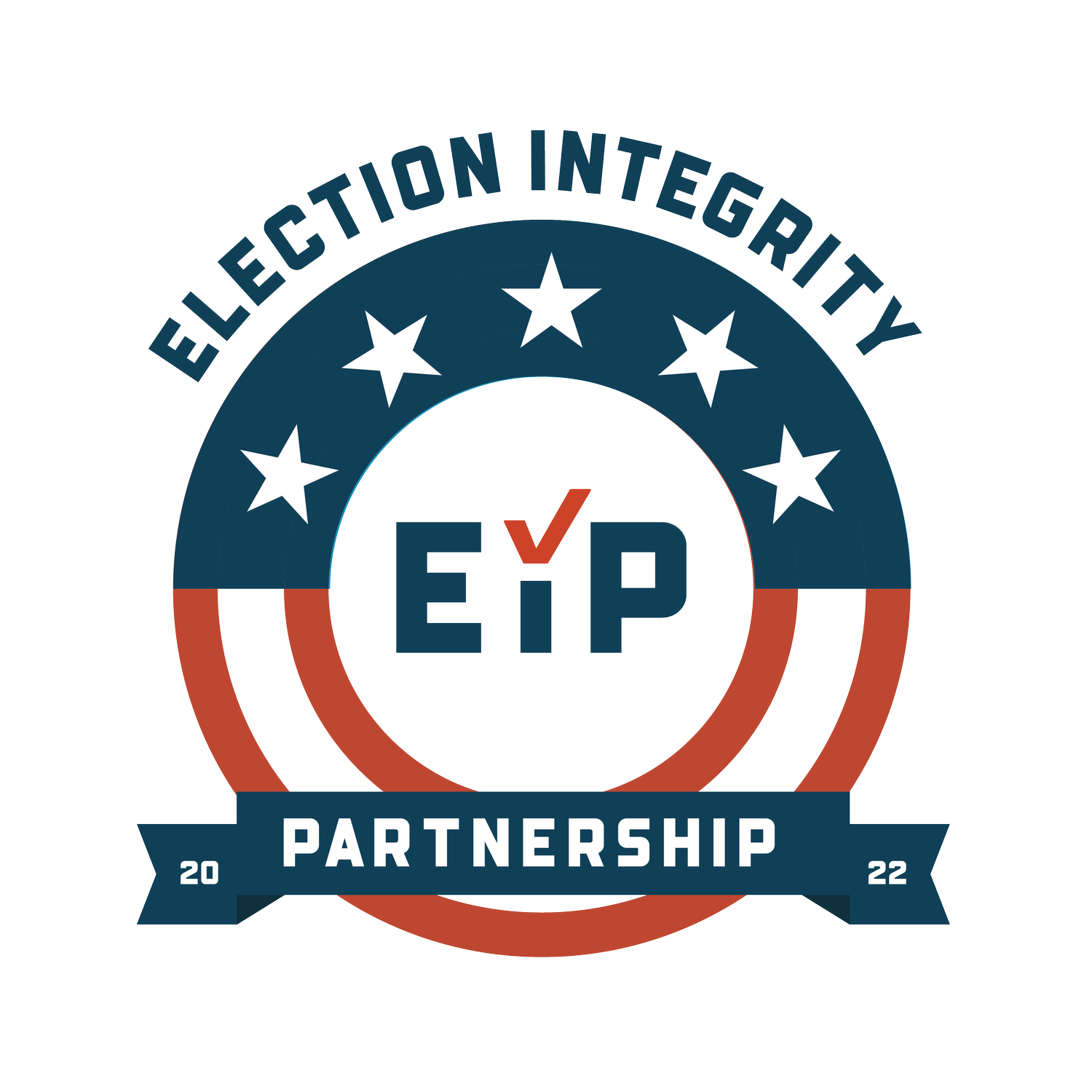EIP Weekly Update: Oct. 20
On 8:00am PT October 20th, the Election Integrity Partnership (EIP) hosted the second of four weekly public webinars to brief the public on the topics and trends of online election misinformation during the 2020 general election season. These briefings are held weekly at the same time through election day. Below is a brief summary of the presentation, the link to the full video of which can be found here.
Key Takeaways
From Oct. 13th to Oct. 20th, EIP actioned 45 unique election misinformation incidents, sourced from civil society partners, EIP researchers, election officials, and others.
Of the four categories of election-related misinformation, pre-delegitimization of the election results continued to be the most common misinformation topic encountered, however an increase of misinformation around ballot box integrity led to an increase in misinformation around voting procedures.
EIP researchers note that election disinformation actors are unifying audiences for their narratives by drawing on cohesive conspiratorial ideologies and associated vocabularies to describe isolated election events.
As the final day of voting approaches, platforms continue to develop their policies on election-related misinformation to adapt to a changing landscape of potential information operations.
Overview
The Election Integrity Partnership is a coalition of academic institutions that detect and analyze election-related misinformation surrounding the 2020 General Election. The goal of this work is to provide data-driven analysis and context around election misinformation to stakeholders in the public, private, and civil society sectors.
On September 8th, EIP began accepting tips from civil society partners as well as election officials through the EI-ISAC, and began monitoring major social media platforms for election-related misinformation. In that time, EIP analysts responded to 205 unique incidents, including hundreds of pieces of content across the Internet.
Incidents by Topic
Of EIP’s four categories of election misinformation, as has been consistent throughout this election season, misinformation with the effect of pre-delegitimizing election results was the predominant trend. Additionally, an increase in misinformation around ballot drop-box integrity led an increase in participation interference.
Election mis- or disinformation actioned by EIP: topics, last week vs. all time
Election mis- or disinformation actioned by EIP by topic, Oct. 13th to Oct. 20th
Social Media Platform Response
Overall, EIP reported 105 unique links to content containing election mis- or disinformation considered to be in-scope by EIP that were reported to Social Media platforms. Content with higher engagement numbers, as well as content that pointed to specific incidents, saw higher action rates by the platforms. EIP will be publishing additional analysis on platform action patterns in the coming weeks.
Reports Bulletin
Delegitimization Meta-Narratives (Oct. 14th): EIP researchers assess that certain political influencers have been stringing together a series of election-related claims into a broader conspiracy theory, in this case around a so-called “color revolution.” These efforts could serve to ascribe conspiratorial malintent to innocuous future election administration mishaps in order to delegitimize election results.
False Voting Claims Spread via Websites and Facebook Ads (Oct. 20th): EIP analysts trace Facebook ads pushing debunked “ballot harvesting” narratives to a Facebook page and set of websites with ties to Nigeria.
Platform Policy Updates: Carly Miller of the Stanford Internet Observatory discusses updates to EIP’s tracker of social media policies around election misinformation. Generally, platforms are adapting policies to recent examples of election misinformation, however gaps remain.


